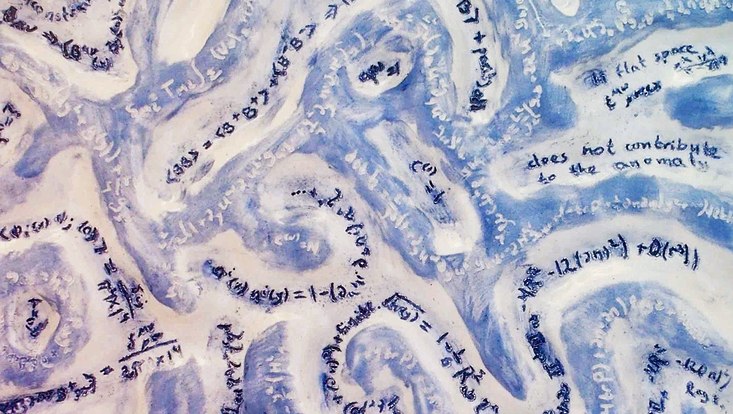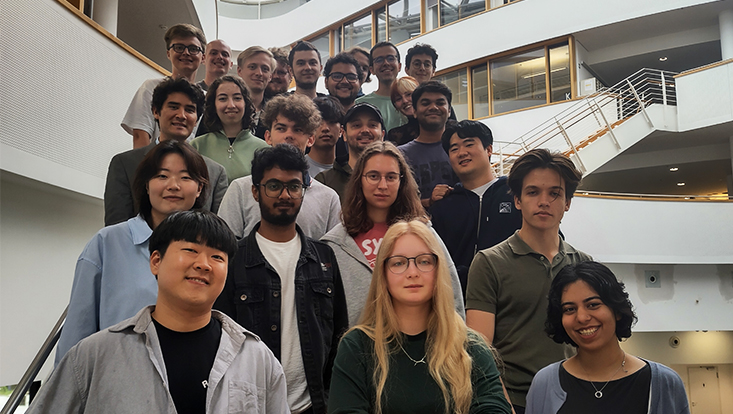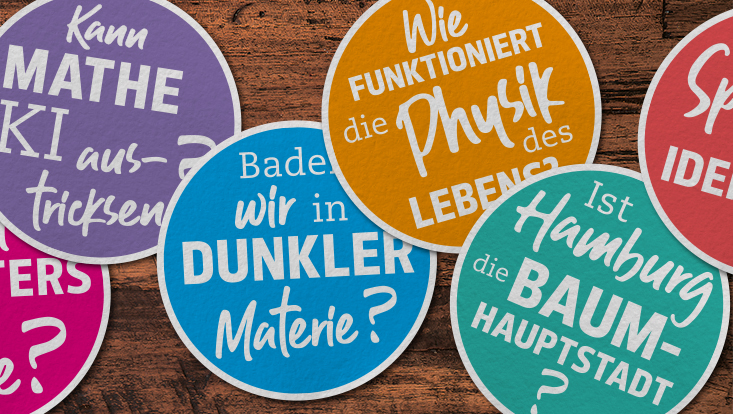Hyperloop – Exhibition by Nadav Drukker
27 October 2023

Photo: Nadav Drukker
Nadav Drukker is a ceramic artist and Professor of Theoretical Physics at King’s College London, making stoneware and porcelain works to represent his scientific research. The designs of his pieces feature varied aspects of his research, which is focused on string theory, supersymmetric field theories and exactly soluble models.
As a theoretical physicist Nadav teaches and researches the deepest mysteries of the universe. As an artist he creates sculptural pieces with forms closely resembling traditional pottery whose purpose is to mirror the creativity of scientific pursuit in art. His creations represent specific research projects with the shapes and designs inspired by the research, within the topic of string theory, the most fundamental hypothetical theory of nature.
The formulas written on the pots are at times rough calculations and at others refined results of his research and collaborations with colleagues across the globe. The artistic language serves to exemplify this by varying the material from coarse stoneware to pure white porcelain and the decoration techniques span incision, inlay, cutting, oxides, glazing and gilding.
String theory and supersymmetric field theory are very abstract topics studied only by a specialized group of academics. Nadav’s art enables him to overcome the isolation of working in such a specialized and technical field and convey the beauty he sees in science. The viewers do not need to decipher the formulas, rather they can approach them as cuneiforms or hieroglyphs. In his art he aspires to present the language of mathematics as beautiful and holding knowledge encouraging further exploration.
His science builds on historic work, from the geometry of the Greeks through the math’s of the Arabs to Newton, Planck, Einstein, Heisenberg, Feynman and so many more. Likewise, his artistic practice relies on the layers of ceramic tradition in East Asia: China, Korea, and Japan. His practice follows Hamada and Leach with various other influences including Lucy Rie, Edmund de Waal, Grayson Perry, Lucio Fontana, and others.
“From an early age, growing up in Jerusalem I had a strong affinity with ceramics; the Japanese vessels that my grandfather collected and the abundant shards of pots from local archeology,” says Nadav Drukker. “Originally ceramics were a way for me to focus on something other than research, but recently I have felt compelled to combine my two passions. As I started transcribing my calculations onto clay, I realized that the process itself was not a mere reflection of my research but was influencing it.”
Nadav who recently returned from a ceramic residency in Jingdezhen, China studied mathematics and physics at the Hebrew University in Jerusalem and got his PhD from Princeton University under the supervision of Nobel laureate Professor David J. Gross. In 2010, Nadav was awarded an STFC advanced fellowship and spent the first year of it at Imperial College London before moving to King’s College London in October 2011. Since 2020, Drukker is the head of the Theoretical Physics Group in the Mathematics Department at Kings College, which is one of the largest research departments in the world. Nadav Drukker works closely together with scientists in Hamburg, which is why Universität Hamburg and the research centre DESY join the exhibition as cooperation partners. Organized in the Cluster of Excellence “Quantum Universe”, they share the same research goals of unravelling the deepest mysteries of the Universe. The boundaries between science and art haven been a core topic of this Cluster of Excellence from its conception because they share more similarities than might be evident at first sight, especially in their methods.
Nadav Drukker’s works have been exhibited in various private and public galleries and institutions, including the Royal Academy Summer Exhibition. Influenced by his research and collaborations with his colleagues at Universität Hamburg and DESY the exhibition in Hamburg will highlight a selection of recent ceramic black and white panels and different types of vessels.
The exhibition is on view from 3 November until 23 December 2023.
The exhibition will be complimented by a series of artists’ breakfast talks in the gallery (on Sunday 26 November and 3 December).
This exhibition is partly made possible with support by DESY, Cluster of Excellence Quantum Universe/Universität Hamburg and King’s College, London.
For further information and images, please contact mail"AT"hiddevanseggelen.com.


